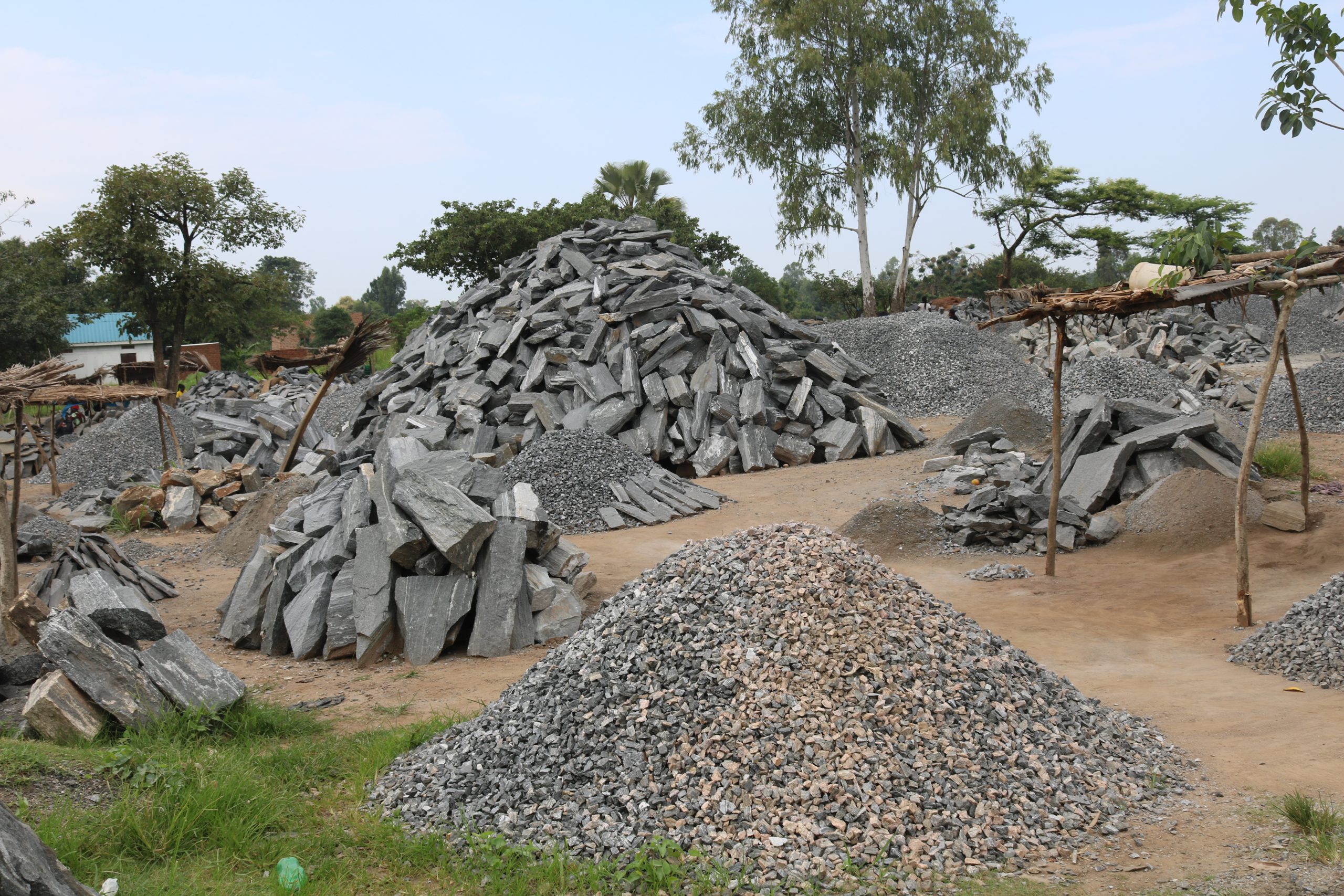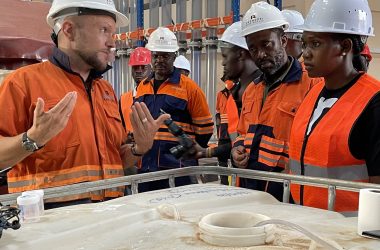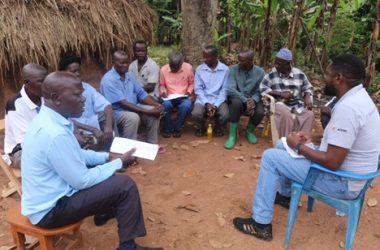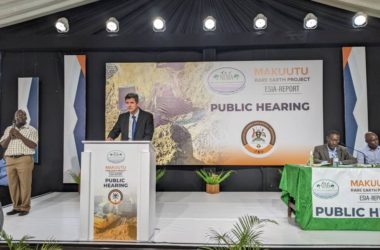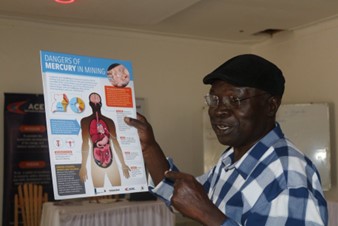The Bill seeks to formalise and regulate the Artisanal and Small-scale Mining sector, including the commercial exploitation of building materials and construction materials, collectively referred to as Development Minerals.
It introduces three mineral rights for the exploitation of building substances, namely; large scale mineral rights, small-scale mineral rights and working permits for artisanal miners. ACEMP’s Don Binyina looked through this draft and made the following key observations:
| Clause | What the Bill says | Implications |
| 101 | It ring-fences the exploitation of building substances and or development minerals to only adult Ugandan citizens. Save for ASM activities, all rights of prospecting, exploration and exploitation of building substances of any nature shall only be granted to incorporated companies owned by Ugandans with 100% equity. | This is a welcome development because it recognizes the capacity of Ugandans to develop the sector. The draw-back though is that it locks out Foreign Direct Investment (FDI), technology and international expertise which are necessary when dealing will bulky supply of materials such as aggregates and burrow pit resources to highly technical sectors such as the petroleum sector. There should be room for joint ventures in exceptional circumstances and more so with the large scale commercial exploitation of building substances. |
| 100 | Empowers the Minister to license the exploitation of development minerals as earlier envisaged under the Mining Act, 2003. It further provides for sanctions against non-compliance for both Ugandans and non-citizens. | This settles the lingering question over which government agency has power to regulate the exploitation of Development Minerals. |
| 103 & 104 | Introduce a new licensing regime for the exploitation of building substances, creating three special mineral rights for the efficient regulation of the development minerals sub-sector. These clauses ensure that any form of prospecting, exploration or mining is subjected to the same standards required in the exploitation of precious minerals and metals. Mining activities will be licenced and endorsed by NEMA and licenses will only be granted after one has demonstrated financial and technical abilities and secured surface rights from land owners after due compensation. | This provision makes “due compensation” for surface rights mandatory and therefore deprives investors and land owners the opportunity to freely and openly negotiate for alternative shared benefits. These may include acquisition of equity by the land owners in investment by trading off their land rights as contribution to the investment, opting for mineral royalties as provided for under the current Mining Act, 2003 or any other form of negotiated trade-offs between the parties. |
| 105 | Introduces obligations of large-scale investors in building substances which may range from payment of prescribed mineral fees, rents, taxes and royalties, complying with the terms of their respective mineral rights to observing environmental standards conditioned to the award of their mineral rights. | This is a positive development. It can be strengthened by ensuring the Local Government plays a significant role in the collection, management and retention of a significant portion of these rents and taxes for local development. |
| 107-109 | Contrary to the introduction of competitive bidding for the large-scale exploitation of development minerals, the Bill alternates this with a first-come-first-served model of licensing for small-scale licenses. | The draw-back to the licencing of small-scale and large-scale mining activities is that these powers are retained by the Central Government under the Minister. Considering that almost every Local Government in Uganda is richly endowed with these building substances, it is better if their licensing (from exploration to exploitation) is a preserve for the Local governments. This not only reduces the human resource costs of managing these transactions across the entire country but would enable Local Governments to actively retain value at source within the respective districts while actively managing the heavy environmental footprint and other negative social externalities associated with the exploitation of Development Minerals. |
| 108 | Fixes the mining area for small-scale building substances at not more than 0.5 square Km. The obligations of holders of small-scale mineral rights are somewhat relaxed but fundamentally not different from those imposed on large-scale license holders. For example, they are required to observe health and safety standards of workers and report to Government their annual production and income. | Local Governments are also required to participate in the monitoring of small-scale mining activities though with limited powers. The 0.5 Km2 seems adequate considering that most of these building substances tend be concentrated in smaller areas within the stipulated range. |
| 110 | Stipulates that artisanal permits for building substances are issued on a first-come, first-served basis. Applications for such permits are to be lodged before the relevant Local Government as shall be laid out in the regulations. These permits shall be valid for 3 years, only be renewable once for an extra 2 years – just like the large-scale licenses.
Applicants for artisanal permits are also expected to provide a work program clearly stipulating details of the building substances such as deposits, date of commencement of resource exploration or exploitation, estimated capacity of production and scale of operations, characteristics of substances and the envisaged marketing arrangements for sale of the substance. |
All Development Minerals rights do not exceed 5 years. For large and small-scale minerals rights, this creates a resource mobilisation challenge due to the proposed project time frame within which companies are expected to raise capital, undertake prospecting, exploration and mining activities, recover their investment and wind up operations. This timeframe does not also consider the average project take-off for minerals and materials projects and neither does it address circumstances where the building materials and substances project lifelines exceed the 5 years. More than 21 years would be ideal.
The requirements for a detailed work program are technical and might deter artisanal miners’ full participation in the mining of these Development Minerals. |
| 112 | Imposes the same obligations on artisanal working permits applicants as the ones imposed on small-scale mineral rights holders. These include furnishing Local Government with all information relating to exploration or mining operations as well as their production, rehabilitating and reclaiming mined areas in accordance with the NEMA Act, maintaining health and safety standards for workers, among others. | Policy makers have long realised the technical and financial constraints faced by artisanal miners across all mineral commodities in Uganda. The Policy already provides for the zoning and management of artisanal working areas implying that such areas will have standard working guidelines meeting the environment, health and safety standards whose enforcement is the sole responsibility of the line Ministry. When it comes to building substances, the above model can be replicated. The same working conditions and standards put in place by the Central Government can also be applied by Local Governments. The Local Governments can zone out and monitor operations of artisanal miners in the building materials sector without subjecting the same artisanal working permit applicants to the same burden of undertaking prospecting, exploration, quantification of reserves and other highly technical and capital intensive requirements as alluded to in the Bill. |
Bwesigye Don Binyina
Mineral and energy economist
Executive Director,
Africa Centre for Energy and Mineral Policy (ACEMP)
+256772512460

